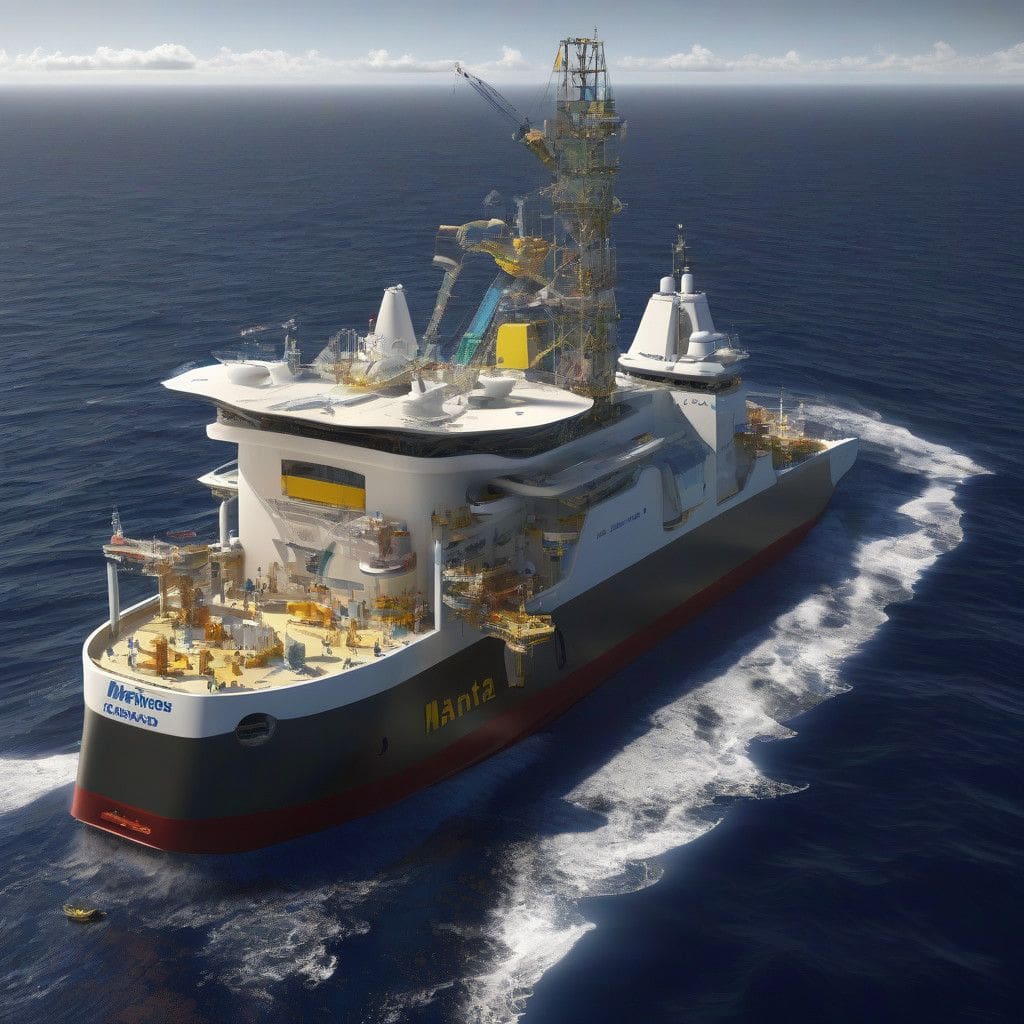The MANTA subsea cable project, a collaboration between Liberty Networks, Gold Data, and Sparkle, promises to revolutionize connectivity across Latin America, the Caribbean, and the United States. Spanning an impressive 5,600 kilometers, this new cable system is set to enhance digital communication by creating high-capacity and low-latency routes connecting major data hubs such as Mexico City, Bogotá, and Panama City.
One of the key features of the MANTA cable is its capacity to support a minimum of 20 terabits per fiber pair. This significant bandwidth will not only accommodate the increasing data demands of the region but also improve overall traffic flow. With projections that the cable will be operational by 2027, stakeholders are eagerly awaiting further announcements regarding the technology provider that will assist in bringing this project to fruition.
The MANTA cable stands out as the first international submarine cable to be installed in the Gulf of Mexico. As such, it holds the potential to enhance the resilience of digital infrastructure across Latin America, which has historically faced challenges related to connectivity and bandwidth. The development of this cable is seen as a crucial step towards addressing those challenges, especially in a time when digital transformation is no longer optional but a necessity for businesses and governments alike.
Moreover, MANTA is expected to create faster and more reliable data pathways. This improvement is particularly important as businesses shift their operations online and consumers continue to rely on digital services for everyday activities. Enhanced connectivity will foster an environment conducive to innovation, economic growth, and improved public services, ultimately benefiting millions across the region.
Additionally, the partnership between Liberty Networks, Gold Data, and Sparkle reflects a growing trend among telecommunications companies to collaborate on large-scale infrastructure projects. By pooling their resources and expertise, these companies are better positioned to tackle the complex regulatory, technical, and logistical challenges that such projects entail.
The economic implications of the MANTA cable cannot be understated. Improved connectivity can attract foreign investments, boost local startups, and facilitate cross-border trade. Regions with better telecommunications infrastructure often experience a surge in economic activities, leading to job creation and improvements in living standards.
As the world becomes increasingly interconnected, the need for robust and efficient digital infrastructure becomes paramount. The MANTA project is more than just a cable; it is a vital component in the digital landscape of Latin America and the Caribbean, and it is set to lay the groundwork for future technological advancements and collaborations.
In conclusion, the MANTA subsea cable represents a significant advancement in the quest for better connectivity in Latin America, a region poised for digital growth. With the completion of this project, the prospects for enhanced economic opportunities and digital innovation in the region are promising.
MANTA is not merely a telecommunications project; it is part of a larger narrative about the future of technology and connectivity in a rapidly changing world. As we move closer to the expected operational date in 2027, the eyes of the digital world will undoubtedly be on Latin America and the incredible potential that lies beneath its waters.












